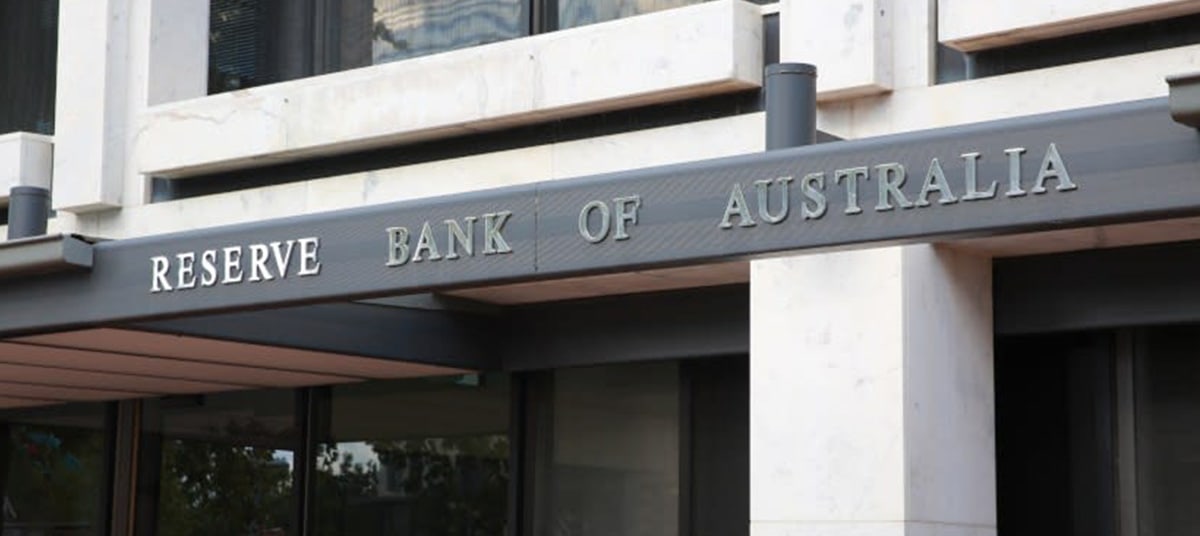
Australian households with mortgages remain well-positioned to meet repayments and maintain financial buffers, even as many face ongoing budget pressures, according to the central bank.
The Reserve Bank of Australia (RBA) has a cautiously positive view of the current resilience of the financial system and potential risks to financial stability, according to its latest Financial Stability Review.
Released on Thursday (2 October), the semiannual report shows that the RBA thinks Australia’s financial system remains well-positioned to navigate a period of elevated global uncertainty, with mortgagors remaining resilient.
In its report, the RBA highlighted that arrears remain contained at low levels, and most borrowers have sufficient income to cover essential expenses.
As noted in its previous report from April, the central bank said that “most households with mortgages are keeping up with repayments and have built savings buffers,” with household cash flows continuing to improve as inflation has moderated and interest rates have declined.
Real disposable income per capita – income after tax and interest payments, adjusted for inflation – has increased in recent quarters to slightly above pre-pandemic levels, supporting households’ ability to manage debt.
Scheduled mortgage payments have fallen as reductions in the cash rate have been passed through to lending rates. However, the RBA noted that repayments “remain higher as a share of household disposable income than before the pandemic.” Despite this, households have continued to make extra payments into offset and redraw accounts, adding to their liquidity buffers.
In addition, the RBA noted that the share of mortgagors experiencing severe financial stress remains low. Just over 2 per cent of variable-rate owner-occupier borrowers are currently estimated to be facing a cash flow shortfall, which is down from the peak seen a year ago. Among these, around 0.7 per cent are considered at greatest risk, with both cash flow shortfalls and low prepayment buffers.
The RBA said: “Most borrowers have enough income to cover their scheduled mortgage repayments and essential expenses, and the share of borrowers facing a ‘cash flow shortfall’ has been declining.”
Loans in formal hardship arrangements and households persistently drawing down on cash buffers have also declined over the past year, though both measures remain slightly above pre-pandemic levels. Some community service organisations have reported that demand for assistance has stabilised, with inquiries to services such as the National Debt Helpline appearing to level off.
The RBA credited ongoing strength in the labour and housing markets for helping contain arrears at low levels.
It said that “low unemployment – and, in turn, the ability of workers to retain or find more work (including extra hours) and obtain wage increases – has supported households’ incomes and their ability to service their debts.”
While employment conditions have eased slightly, the overall employment rate remains near record highs.
Meanwhile, housing prices have risen by around 10 per cent since the first cash rate increase in May 2022, supporting the value of collateral underlying households’ mortgages and reducing the share of borrowers in negative equity.
The RBA noted that this has allowed households experiencing acute financial stress the option to sell their property to repay their loan, rather than falling behind on payments. Currently, less than 1 per cent of households are in negative equity.
However, the central bank highlighted that highly leveraged and lower-income borrowers remain more vulnerable.
“Highly leveraged borrowers – with high loan-to-valuation (LVR) or high loan-to-income (LTI) ratios – tend to be more likely to enter arrears, and are more vulnerable than other borrowers to unexpected changes in interest rates, income or expenses,” the RBA said.
Arrears among lower-income borrowers remain higher than other borrowers, but have declined over the past year.
Looking ahead, the RBA expects pressures on existing mortgagors to ease further, supported by higher incomes and lower interest rates.
According to the bank’s August central forecasts, “real wages are projected to increase over coming years, while the unemployment rate is anticipated to increase only marginally before stabilising.”
This is expected to reduce household budget pressures and lower the share of borrowers with negative cash flows to just above pre-pandemic levels.
Lower interest payments and rising real incomes may also enable households to increase prepayment buffers and strengthen equity positions if housing prices rise further.
The RBA also tested the resilience of households under extreme conditions. Even under a severe hypothetical scenario – where unemployment rises to 10 per cent, GDP falls 4 per cent, and housing prices drop 40 per cent – its stress testing model suggests that fewer than 4 per cent of borrowers would be at severe risk of falling behind on repayments. Most of these households would still have sufficient equity to sell and repay their loans in full.
One eye on lending standards
While the vast majority of borrowers are meeting their obligations, the RBA warned that vulnerabilities could build if households take on excessive debt during periods of easier financial conditions.
“While current lending standards are robust, a material increase in risky lending in response to lower interest rates could contribute to a build-up in vulnerabilities,” it said.
Risky lending could amplify the housing price and credit cycle and increase the likelihood of borrowers struggling to service loans in the future, the RBA noted.
The Financial Stability Review signalled early signs of an increase in high debt-to-income lending.
Investor activity in the housing market has also risen further over the past year, above post-GFC averages, the RBA continued.
While investor loans historically carry lower default risk than other mortgage types, investor activity tends to amplify housing price dynamics.
The RBA said a high concentration of investors could “contribute to a housing price upswing that raises the risk of, or exacerbates, a subsequent market correction down the track.”
To manage potential vulnerabilities, the RBA supports the Australian Prudential Regulation Authority’s (APRA) approach of maintaining steady macroprudential settings, while ensuring tools can be deployed if needed.
“The RBA supports efforts by APRA to work with industry to ensure a range of macroprudential tools could be deployed in a timely manner if needed,” the Financial Stability Review reads.
Overall, the RBA concluded that Australia’s financial system remains well-placed to navigate a period of elevated global uncertainty, with household, business, and banking sectors positioned to withstand most shocks.
“Most households with mortgages appear well placed to weather an economic downturn should it occur,” the bank said, reflecting the strong liquidity and equity buffers built over recent years.
[Related: Home loan books rise at 8 out of 10 of the biggest banks]

